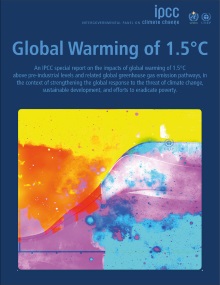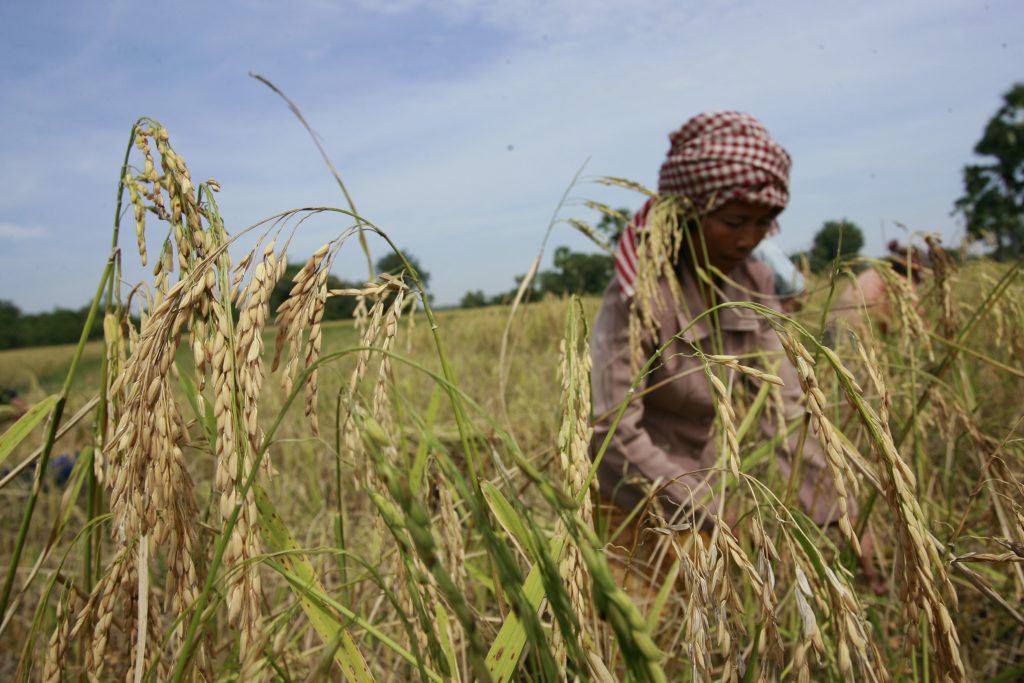Last week the most esteemed climate scientists in the world unveiled a new report that laid out the global impacts that we should expect as the planet warms from 1 degree Celsius above pre-industrial temperatures to 1.5 degrees and then to 2 degrees. Just as importantly—and this was a point that a lot of media reports missed—research from the U.N.’s Intergovernmental Panel on Climate Change (IPCC) showed what it would take to avoid the world warming above 1.5 degrees.
It can be done. This is no time for despair. It’s time for action.

It is scary to contemplate the potential impacts, even those that will occur at 2 degrees of warming. This report makes it clear why we should put huge efforts into achieving the ultimate goal of the Paris Agreement, to limit warming to well below 2 degrees, and strive for 1.5 degrees. Half a degree doesn’t sound like much but in climatic terms it’s huge.
Let’s look at two examples.
First, what it means for the poorest and most vulnerable people in the world. These people have contributed little to the problem, and yet are impacted first and worst by climate change.
A world that is 1.5 degrees warmer would be a hard place for them. But in a world that is 2 degrees warmer, hundreds of millions more people will be affected: facing water shortages, food insecurity, or even displacement. The ability for people to access water goes down as the planet warms. So does food availability, because of impacts on crops, livestock, and fish populations.

Second, if warming increases beyond 1.5 degrees, impacts on natural ecosystems also accelerate. The number of species at risk of extinction skyrockets as the world warms past 1.5 degrees.
At 2 degrees of warming, we lose all the earth’s coral. All of it. There is no return when that happens. Millions of years of evolution have created these incredibly rich, diverse, and beautiful ecosystems. At 1.5 degrees “only” 70-90 per cent is lost. Obviously that is very bad…but if some coral remain, then recovery and future expansion is possible if we are able to reduce carbon emissions so much that the planet cools again.
Coral reefs aren’t just beautiful places to witness with a mask and snorkel. They are fountains of incredible ecological richness and diversity. And beyond their importance to biodiversity, they hold great importance to human society, by being productive sources of fish stocks, by protecting shorelines from storm surges, and by being magnets for tourists.

These are just two examples, but they highlight the urgency needed to try to limit warming to 1.5 degrees. None of these impacts is inevitable.
The IPCC lays out a path to avoiding the worst impacts. It means dramatically ramping up global action to tackle the world’s carbon emissions. We need to cut them in half by 2030. Rich, industrialized countries need to do more, since we are more responsible for the problem and we have more wealth and resources to tackle it.
This is another alarm bell for politicians who content themselves with weak, half measures…and even more for those who are actively dismantling climate policies. Let’s not let them hit the snooze button again. It’s time to wake up and take strong action. Now.
In my next blog, I will explain how…go into more detail on the path and solutions laid out by the IPCC. Stay tuned.









